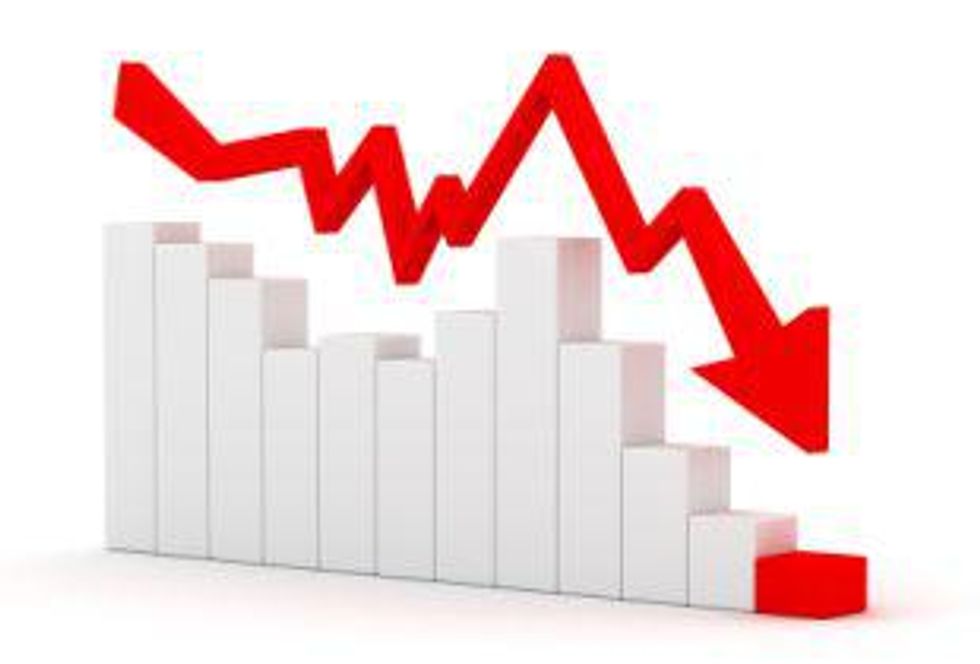The price of silver has fallen off dramatically in the past two days mainly on positive economic data in the US and the strengthening dollar. However, the world economy is far from healthy and the strength of precious metals is not likely to fully subside.
By Michael Montgomery—Exclusive to Silver Investing News
The price of silver has taken a dive since the start of the New Year. After a significant run up in the final week of 2010 when prices peaked over $30.50 per ounce, positive economic indicators from the US may be sparking a price correction. The drop in price is the largest two day decline since May. The price continued its downward slide again Wednesday. The price at close on January 5 is $29.26 per ounce, a loss of $0.540.Two major factors contributing to the correction are the ADP’s employment report and the strengthening of the US dollar. The ADP’s employment report showed the creation of 297,000 private sector jobs in the US during December. The dollar has also risen for three days against a basket of currencies, potentially prompting some profit taking on commodities. The positive economic news, however, does not mark a triumphant return of the US economy and the end of economic woes. There are still serious concerns in Europe and in the US that will not vanish over night. Currently the main concern in the US is the potential defaults on municipal bonds, and the insolvency of many of the individual states.
The ADP’s positive employment report is the first good sign that the US economy may be starting its recovery. The report showed the number of jobs added in the month was 3 times the number analysts had predicted. The service industry had the biggest gains since May 2006. “All the bullish data is weighing on gold and the metals, and boosting the dollar. You’re seeing outflows in risk-aversion assets like gold into higher-risk assets like equities,” stated Matthew Zeman, a metal trader at LaSalle Futures Group in Chicago.
The dollar’s rise is tied with this positive economic data as well as still ongoing European debt concerns. This hasn’t stopped the Fed from continuing bond purchases, as the US economic struggles are far from over. The potential for investors to seek silver and gold as a hedge against inflation is still strong. “We would still say that the economic recovery is immature. Any signs of economic slowdown could quickly boost metals prices once again,” said Tom Pawlicki, an analyst at MF Global Holdings Ltd. in Chicago. The Fed has stated that the quantitative easing practices and bond purchases will continue until June.
China’s fiscal policies may also be playing a role in the silver price drop. The tightening measures to control inflation include increasing “reserve requirements for lenders, the benchmark interest rates, and the Yuan itself which, by being allowed to float higher, could come to also play a role in the process of tightening,” stated Jon Nadler for Kitco. These factors may be weighing on speculation over growth in China in 2011, as well as overall investment potential. A saving grace from China in 2011 is the introduction of silver and gold ETF’s, which may spark a major wave of investment in precious metals.
What looks promising for the price of silver is the fact that amongst these positive economic indicators is still an underlying weak world wide economy and debt concerns in western economies. Euro-zone economies, with the exclusion of Germany, are still weak. The influx of capital into these economies from central banks, just as with quantitative easing measures by the Fed still pose inflationary hazards. In the US, state and municipal bonds are on the verge of failing, “probably leading to a rise in unemployment and a further loss of general confidence – all recipes for a return, sooner or later, of insurance investment in precious metals,” stated Lawrence Williams, for MineWeb.
